Not so long ago, every webmaster used to start their media marketing campaign solely by keeping the ‘big daddy’ in mind.
It was the chief source of exposure – the number one search engine traffic source that helped websites get visitors. It was the most visited website on the internet, dwarfing every other site.
A whole new industry was created to optimize business websites as per this big daddy’s requirements.
Until one day…
When a new media marketing era started that made people socialize online. These new social media platforms also became a breeding ground for publishers to attract eyeballs on their content and to try and attract direct traffic from those sources.
The ‘big daddy’ I am talking about is Google. If you’ve ever started a website with the aim of getting online exposure, then you must have definitely read a couple of articles on Search Engine Optimization (SEO).
And you might have even achieved great search engine traffic results from Google.
But, as they say, “don’t keep all your eggs in one basket.”
Diversifying your website traffic sources will ensure that your business does not tank in the wake of a single Google algorithmic update.
Consider Andrew, who lost 80% of his website traffic to Trollingmotors.net with the release of the Penguin update.
It was after this loss of direct traffic that he realized the risk of relying solely on Google for customers.
Don’t you dread being in a similar situation? Losing all your web traffic because Google decides to change the game.
Also, building traffic from Google requires consistent effort for 3 months or more. You need to target long-tail keywords, build authoritative backlinks and optimize your website pages for Google.
Not to mention the dominance of the click throughs received by top 3 spots in Google.
If you aren’t in the top 6, don’t expect more than 4% of clicks to your website. And if you aren’t on the first page, you can almost abandon thinking about organic traffic, direct traffic and any other kind of web traffic from Google.
Not on the first two pages?
Then be it page 3 or 300…you aren’t getting any visibility.
And I don’t think I need to tell you the difficulty in ranking in the top 3 spots for keywords that have good search volume.
The hard hitting reality is that most businesses fail to rank for their targeted commercial keywords and don’t get intended results from SEO.
Are you willing to build a more sustainable and robust source of organic traffic for your website?
Then let’s roll with 5 alternative search engines besides Googles that drive traffic your way.
Onward and upward!!
1. Drop meaningful comments on high-traffic websites in your niche
If you’ve been a SEO media site before, you might have dropped comments on blogs that use the do-follow attribute.
It used to help in deriving link building juice, building authority for your website and elevating your rankings in the search results. Even SEJ recommended blog comments to build links, back in 2007.
That’s why black hat SEOs created programs to drop automated spammy comments on a number of blogs.
I’m confident that you’ve seen comments like the ones below.
Comment spam monitoring tool, Akismet, shoves off around 7.5 million comments in an hour.
While such spamming of site content might have worked in the past, now it has minimal SEO benefit and can actually contribute to the bounce rate of web pages
You can go after blogs that allow do-follow comments. But, in terms of SEO, a single contextual backlink from an authoritative website will outrank 10 quality comments.
If your backlink profile consists of anchor text and link building only from comments, then it can be considered a link scheme by the search engines.
That does not mean you shouldn’t comment at all.
When done right, comments are a great way to show your expertise and build your brand and can only add to your marketing efforts.
In his 31 days to better blog workbook, Darren Rowse lists the following benefits of commenting.
And don’t worry about getting penalized.
Matt Cutts said that
Value-adding comments that speak to your target audience (without spammy keyword-heavy names) are fine.
Today, most blogs don’t allow do-follow comments. But, the major purpose of blog comments is to encourage visitors to start a dialogue about the site content. Every blogger wants to make their blog more interactive and social.
So, even though no-follow comments are not counted by Google to rank your website:
They are great for starting relationships with influencers and generating targeted organic traffic and leads for your business.
You should schedule some time to drop relevant and insightful comments on popular blogs in your niche. And on your own blog posts, you can help your target audience by responding to their questions.
Online marketer Sherman Smith leaves about 6 blog comments everyday. He recommends that newbie bloggers add blog commenting in their marketing arsenal.
I also answer every comment I receive on my blog posts.
In fact by leaving 249 comments, I’ve earned 3,973 visitors, 6 consulting leads and a $25,000 corporate speaking gig – all from a simple referral source of leaving comments.
Please don’t leave one word comments like “Great Post” or “Wow!” I generated only 82 visitors from such basic comments. That’s just 3.2 visitors per comment.
You should rather add substance to move the conversation forward. Spending an extra minute or two to write a stand-out comment will ensure that the readers feel intrigued enough to click through your gravatar (or name) and visit your webpage. This method is much more natural in comparison to a banner ad and will bring direct traffic organically.
My 4 to 17 sentences long comments actually contributed to a majority of visitors – 3,891 to be exact. That’s 17.4 visitors per comment.
So how can you strategize your blog commenting? Here are 5 ways.
1. Be the first to comment on popular industry blogs – If you’ve been following either of my blogs (at NeilPatel.com or Quick Sprout) recently, you are probably aware of Deepak Rana.
He is the first to comment on many of my posts and my site content.
I am thankful to him not just for belonging to 9% of my most active readers that interact with my posts, but also because his support has helped in igniting the comments section on my blogs as well which is great for reducing my bounce rate and keeping readers on the page.
Now, when he occasionally shares a link to his content piece, I make time to check it out and to give him feedback.
I am sure many of you (my regular readers) might have also clicked through his name and checked his web pages due to his prominent visibility.
So, what’s a good strategy for being among the first few to post comments on a blog as part of your marketing efforts?
i. Follow a list of influencers or high-authority blogs in your niche on Twitter and other social networks.
ii. Install news aggregator Feedly on your mobile phone and desktop. It’s a one-stop app to stay on top of content published from many websites.
Caution: The key is adding value and gracefully starting a conversation. Don’t be eager to merely comment first on blog posts without even scanning them.
2. Search for blogs that feature comments on their post – You might not always be the first one to comment.
Some blogs like Buffer allow voting from readers on the comments. The best comment is featured right below the post.
Every reader who scrolls down through the end of post will scan your comment (eye tracking studies show that we read in an F-shaped pattern on the web). This is something to consider when mapping out your marketing efforts to pull in organic traffic.
As an example, look at the featured comment by Rohan Ayyar on this post about Buffer’s one month no publishing experiment.
Buffer disagreed with a couple of arguments made by Kevan Lee in the post. And he rationalized it with proper reasoning.
People liked his insights, which led to many upvotes. And Rohan’s comment was featured at the end of the post. Of course this would have had a positive knock on effect for him in the search engine traffic results.
Rohan got great exposure from the readers on this popular post (having 2000+ social shares), which would have driven traffic to his website.
3. Conduct a unique case study and share results – What is the number one ingredient that establishes the credibility of content?
It is science and data.
Blog comments are like mini guest posting opportunities. A comment can be insightful with purely your personal thoughts.
But sharing results from personal experiments increases your chances of getting noticed. This is especially true in results-driven niches like internet marketing.
Let’s suppose you run a test on building social media traffic from Facebook and achieved decent results from organic reach.
Next, you should specifically type search terms into the web for blogs posts on Facebook Marketing. Pick high authority blogs strategically (like posts appearing in Google’s top 10 for your subject) and write a detailed comment about results from your study. If you get lucky then these posts will be shared across social media and will direct traffic to your website.
An example is Shell Harris from TopTenz. I started my blog post on driving traffic from Stumbleupon featuring incredible results she mentioned in her comment in this KISSMetrics post.
If you implemented a strategy mentioned in a post, then the author of the post will be really excited to hear your results, because it’s a proof that his strategy works.
Not only will this draw attention to you (and your website) in the current post, but you might also get featured in a future post as a case study by the blogger. Or you might land an interview with him or her. All these outcomes are awesome for individual marketing campaigns and can direct organic traffic to you.
An example is Sue Anne from Successful Blogging. She commented on this Backlinko post with her results from using Brian Dean’s infographic strategies.
This got her a mention in Backlinko’s blog post and an interview with Brian Dean for her podcast.
4. Scan your website link profile and thank the people who linked to you – Are you monitoring your website mentions regularly?
Since someone took interest in your work, you should be thankful to them for showing trust in you. You can also reciprocate their gratitude by adding any additional insights on their posts.
This strategy can help you, not only with better search engine traffic but also in cultivating a great relationship with influential bloggers in your niche.
For checking your latest link building successes, you can use a tool like Link Alerts. It sends you email notifications about the new backlinks you receive.
Want a couple of examples on how to thank people?
In my article on beginner blogging mistakes, I mentioned Ryan from Blogging Paradise. He advocated writing 364 days a year.
Ryan dropped by and commented on the post. He not only thanked me for linking to his blog post, but he also shared that he has broken the daily writing rule as of now.
Even Bamidele from Writers in Charge monitors his backlinks regularly. He dropped by in this post to thank me for linking to him and also shared specific statistics that added value to the article. Again, this was a great way to drive traffic for everyone.
5. Comment on forums in your niche – This works similar to normal blog commenting. Forums are more conversational and you’ll easily find relevant conversations on a subject of your interest.
Most forum members hate links to posts and self-promotion – they may as well just be banner ads. Always play by the forum’s rules. View forums more like a niche community where you can build relationships. Again, adding value to a conversation is the key in this step of your marketing campaign.
Brian Dean once had forums in his top 5 referral sources (number 3 to be exact). Watch this tutorial to find out how he brought 387 visitors to his blog from Warrior Forum and 121 targeted visitors from trafficplanet.com. (You see there are traffic sources other than Google).
Pro Tip: Don’t spread your commenting efforts on many blog posts. Instead, choose some high-quality blogs and commit to being a part of the conversation on them.
This was Sujan Patel’s secret that has helped him achieve 513 leads for his start-up through blog commenting.
In his words
Don’t leave 300 comments on 300 different posts – leave 300 comments on 50 different posts.
On a popular blog, getting lost in the sea of comments is easy. However, if you remain a part of the conversation and your name pops up repeatedly, you’re more likely to get noticed and this will deliver you that organic traffic.
2. Capture emails of those cold first-time visitors
Email is the first and probably the best social channel for conversing with your audience. It commands the daily attention of most people, drives engagement and accelerates business results.
Email has a 3.31% conversion rate and that outperforms search and social media by far.
But, you might ask, doesn’t social media giant Facebook have the highest number of users?
Guess what…email still beats Facebook by a huge margin.
Look at the statistics below.
But effective email return traffic rise does not happen overnight. It starts from your previous post.
I’ve been able to increase my email traffic consistently, since I’ve prepared my blog to capture new leads as part of my marketing campaign.
Would you like to know the 3 basic steps to increase direct traffic from your email campaigns?
Let’s begin.
Step #1 – Prepare a lead magnet like a free eBook or an email course that interests your visitors.
As an example, I offer a free course to double your traffic in 30 days at Quick Sprout.
You can also offer a swipe file like Digital Marketer. It generated 28,507 subscribers in 45 days.
If you want to considerably boost your conversions and reduce your bounce rate, then you’ll need to put in extra effort and prepare a content upgrade for at least your most popular posts.
It can lift your conversions by a whopping 785% in one day.
So what are content upgrades?
They’re generally bonus resources. If you don’t have the time to create more content, a simple checklist will do. The idea is to help the visitor take the first step after reading your article.
This is what I do in my posts.
Step #2 – Setup lead capturing tools on your website
Marketing technology has come a long way. You can do much more than simply adding an opt-in form in the right sidebar of your blog (that typically has less than 1% conversion rate).
I would recommend that you experiment with slide-up, left sidebar sign-up forums, hello bars and other tools.
Buffer experimented with many such tools to capture emails.
And they were able to double their signups in a month.
A controversial, but extremely effective tool that deserves special mention is the popup or banner ad. Popups can literally take your sign-ups through the roof.
Look at the difference between the number of signups (with and without popups) that Darren Rowse achieved on his photography blog.
But, if they’re so effective, then what’s the roadblock that may prevent you from using them?
They’re annoying and equate to a bad user experience which will contribute to a higher bounce rate.
So you can experience a drop in the engagement levels on your website.
Just like Matthew Woodward did when he first experimented with popups.
So you need to test triggering them at the appropriate time. Your audience might like to spend 30 seconds on your website before they give you their email. Or maybe 5 seconds will also do.
Your visitors should not feel intruded on or tricked into giving their email. Don’t show the popups and banner ads repeatedly to a visitor after he has shown disinterest in giving you his email.
I would advise you to use an improved pop-up technology that decreases the pop-up annoyance.
Step #3 – Properly onboard your new subscribers
The welcome email is your first point of contact with the subscriber. Don’t waste the opportunity to add value and impress them early in your relationship with them.
So what can you deliver in your first email?
You can send your best content. Like Brian Dean.
Ask the ‘number one’ problem that your subscriber is facing. Like Noah from OkDork does in the mail below. This encourages interaction and lays a strong foundation for your association with them.
You can also surprise your new subscribers with bonus freebies. Like Bryan from Video Fruit.
But before you do any of the above things, please ensure that your emails aren’t reaching the junk folder. Look how Robbie Richards demonstrates to his subscribers how to move his emails to the Primary tab in Gmail.
Step #4 (Optional but recommended) – Test your email subject lines
Only after they open your emails will you get the chance to engage with your audience. Churning of readers is fairly common.
MailChimp found that average click throughs last only 3.5% after the 100th email campaign for the users that last (as compared with 5% open rate for the first campaign).
So tweaking your subject lines can make all the difference for increasing your open rates and getting more engagement.
In 2013, Experian tested 9 verticals to gauge the performance of email campaigns. Subject lines won by far.
You can check out my article on writing email subject lines to increase your open rates by 203%.
If you want to convert more website visitors, then follow the 15 tips I mention in this article.
3. Write high-quality guest posts for authority blogs
Guest Posting has already been written off by Google. Matt Cutts even went to the extent of saying that it can get you penalized which could send your marketing campaign crashing.
But Google’s take was on spammy guest posting with crappy content. Look at the third bullet below.
I’ve seen bloggers derive tremendous referral traffic and build complete businesses from guest posting referral traffic. It’s awesome to get organic traffic this way.
Like Danny Iny of Firepole Marketing.
It’s such great exposure that I guest post regularly at likes of Entrepreneur, Search Engine Journal, HubSpot and Forbes.
Look at the referral traffic I drive.
I’ve found guest posting to be such an effective marketing campaign channel that I’ve written over 300 of them.
Here are 5 tips to get good results and potential direct traffic from guest posting.
1. Before sending a guest post pitch, get a feel for the type of content published on the publication. Only then will you be able to think of post ideas that add value to their audience. All bloggers are seeking valuable content to be shared on social media and to improve their own search engine traffic – you need to be able to add to this.
A great pitch puts the target blog’s audience first and proves why you’re the right fit for guest posting on their blog.
Want an example?
Then look at the email by Alex from GrooveHQ below.
2. Aim to get published on the biggest blogs where your target audience hangs around (not necessarily in your industry).
I received 0 conversions from the following industry blogs (although they drove considerable organic traffic).
But from Entrepreneur Magazine and Inc, I received a total of 16 conversions (lower visitor volume but high-converting direct traffic).
3. If you’re short of time, rely on quality rather than quantity.
By putting in 18 hours to write an awesomely detailed guest post at Huff Po, Ramit Sethi was able to drive 100,000 visitors to his website. This would have had exceptional results not only for his search engine traffic but also for his social media traffic.
Compare that with a quickly written guest post that brought just a few hundred visitors for 1.5 hours of Ramit’s time.
4. If you can devote more time, then try to squeeze as many quality guest posts into your content production time as possible, your search campaign is sure to thank you for it.
I’ve personally found that organic traffic is spread out from guest posts and adds up only over time.
5. Finally, spend extra time to create a content upgrade for your guest posts.
A content upgrade can have a tremendous impact on the number of emails you’ll collect. Giles Thomas earned 408 subscribers from a single guest post by offering an upgrade.
Want a more detailed step-by-step guide on planning your guest posting campaign to drive your search engine traffic?
Then read these articles.
- Guest Posting on Steroids: A 4-Step Blueprint That the Top Guest Posters Use
- Make Your Mark: 9 Easy Steps to Become a Successful Guest Blogger
4. Interview an influencer or get interviewed by a high-traffic website
Have you heard of the Four Hour Work Week author Tim Ferriss?
Right now, a staple content type that he serves his audience is his podcast. He interviews world-class performers who share their wisdom on a plethora of subjects on Tim’s show and he is loved across social media.
Do Tim’s followers like the show?
Well, the show has surpassed 45,000,000 downloads. And is the #1 business podcast on all of iTunes on most days.
Be it a video or an audio, interviews are inherently conversational, dynamic and engaging.
And it’s a win-win for both parties. The interviewer gets exposure to the new audience. And the interviewee gets to serve new engaging and authoritative content to his website visitors.
If you interview an industry influencer, you can request that they share the interview with their followers on social media. Think of the organic traffic you will drive from hundreds of thousands of their social media followers.
As an example look at the engagement received by a recent interview of Derek Sivers on the Tim Ferriss Show. Derek tweeted the show’s link to his 283K followers.
It won’t hurt that you’ll also start a relationship with the influencer through such an interview.
Similarly getting interviewed by a high-authority website can bring you a huge amount of search engine traffic.
Getting interviewed by YourStory brought Harsh Agrawal 35,000+ views on his blog, Shoutmeloud, in a single day. That was his highest search engine traffic source for the blog (having 600,000+ visitor/month).
Since interviews offer consolidated value, they serve as a lead generation source for your brand for a long period.
Just think of the number of bloggers you discovered through their interviews on YouTube and other high authority websites.
If you’ve a really interesting story to share, you can also consider doing a Reddit AMA.
Mateen got 2000 page views from doing this AMA on earning $85,000 in profit by selling TeeSpring shirts/hoodies. He also increased his average daily visitors.
You can also answer questions from journalists at HARO by signing up as a source.
Christopher from Snappa saw this query on the future of content marketing from Inc Magazine on HARO.
He quickly sent a detailed reply.
This earned him a mention in Inc a few weeks later.
HARO is a great strategy to get a brand mention on authority news websites like Entrepreneur and Inc. Those backlinks will sweetly lift your reputation in the eyes of Google, driving your search engine traffic up, and boosting your marketing campaign.
5. Invest in Facebook Ads
I know a paid strategy might raise a few eyebrows when it comes to the idea of organic traffic.
Inbound marketers generally don’t like to pay for play in the form of banner ads or other pricey methods. If you’re one of those, you might be frustrated with the declining organic Facebook reach.
But the truth is:
If you’re having only a handful of fans on your Facebook page, then you will not get good results from your organic traffic reach.
So you’ll need to invest in Facebook Ads.
A US accounting firm (having 156 likes) didn’t get good engagement on their posts. Just a couple of likes.
But after spending $20 on Facebook Ads they started getting great interaction. Look at the interaction on the post in two months.
Sparing some cash for running Facebook Ads can tremendously accelerate your email list growth (one of the best repeat traffic source for your website). Because there are very specific demographic targeting options available. You can also A/B test various images and text in your banner ads.
Let me share another case study to show you the kind of results you can achieve.
Matthew Woodward spent around $600 on Facebook Ads running two campaigns. His cost per lead in running both the campaigns was under 80 cents. And the ROI from running the campaign was over 2500%.
Aren’t the results incredible?
If you’re new to Facebook Advertising, here is a quick tutorial on using the power editor for setting up your first ad marketing campaign.
And here is an advanced tutorial on testing your Facebook Ads.
If you don’t want to splurge and spend $500, then even $5 a day can get you great results.
Mary earned 532 new subscribers in 43 days of running Facebook Ads.
The total amount she paid was just $227.05.
If you want to drive more traffic to your blog, then you can choose your most engaged Facebook posts and boost them to extend your reach.
You can even use Facebook Video Ads and add a CTA to drive traffic back to your website.
For native videos on Facebook, Mike Gingerich found anywhere between 30% to 200% increase in engagement and reach compared with other type of posts.
Conclusion
Google’s algorithmic updates are unpredictable. Relying solely on SEO to rope in traffic and customers can kill your business.
So experiment with traffic sources other than Google.
I’ve generated $332,640 in 3 months from Instagram. Buffer grew to 100,000 users in 9 months by publishing 150 guest posts.
Start with the most comfortable and convenient traffic sources other than Google from the five I listed. If you put in the necessary reps, you can also reap the benefits like others whose case studies I shared with you in this article.
Have you experimented with any of the above 5 traffic sources and achieved good business growth? how did you boost your direct traffic? I would love to hear your insights in the comments.











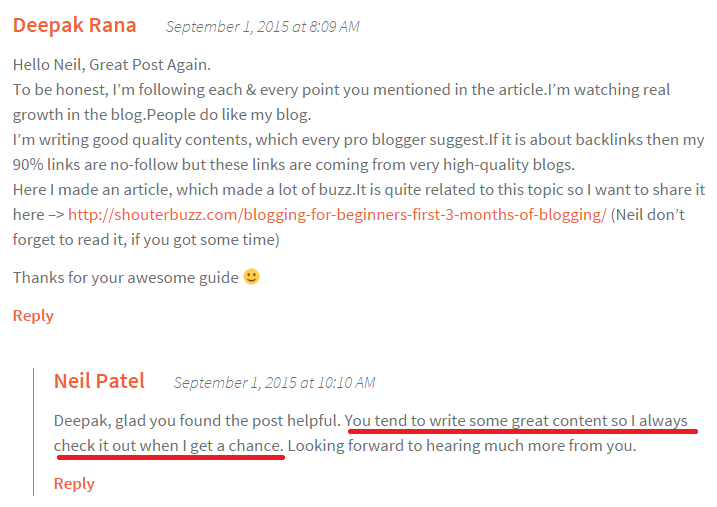

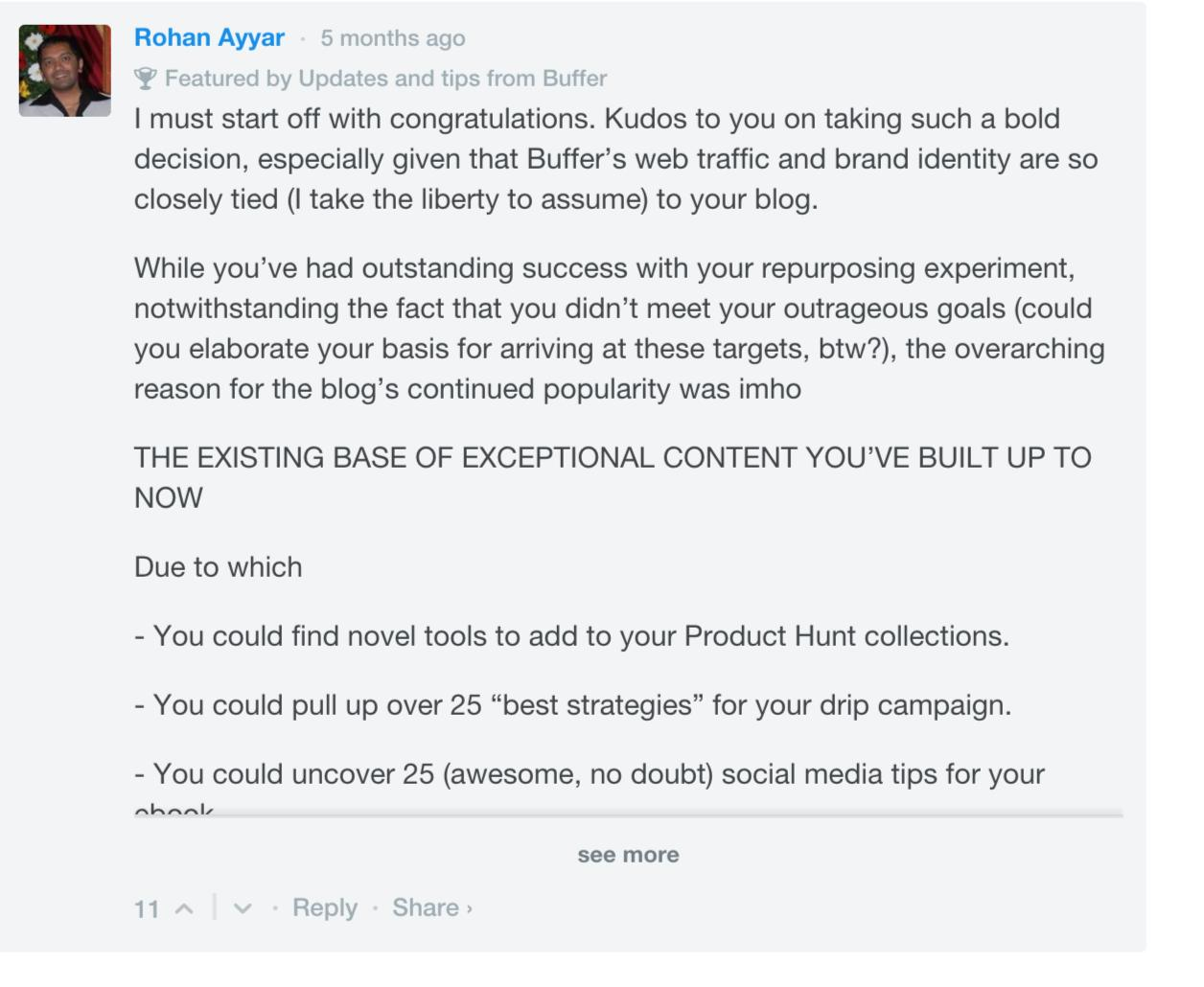



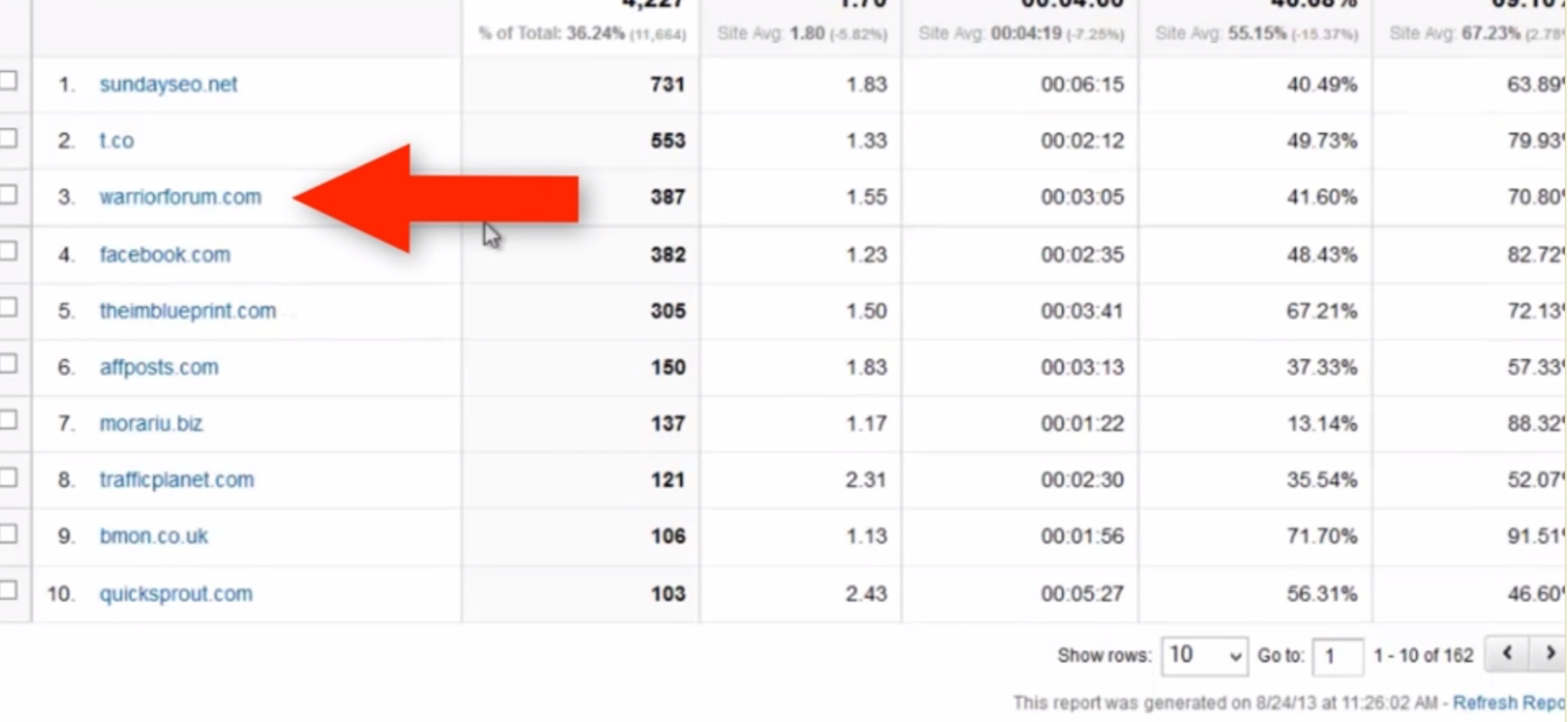

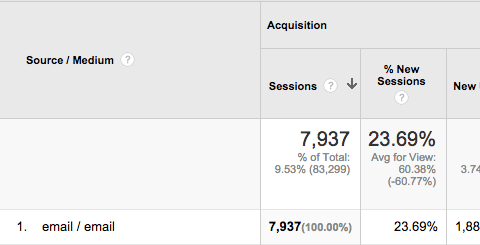

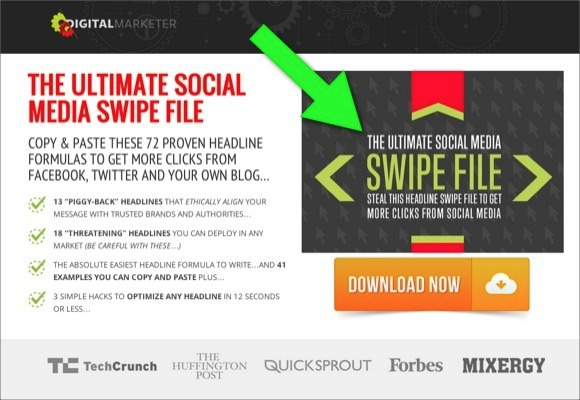


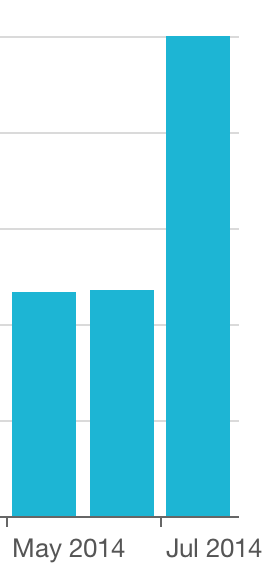







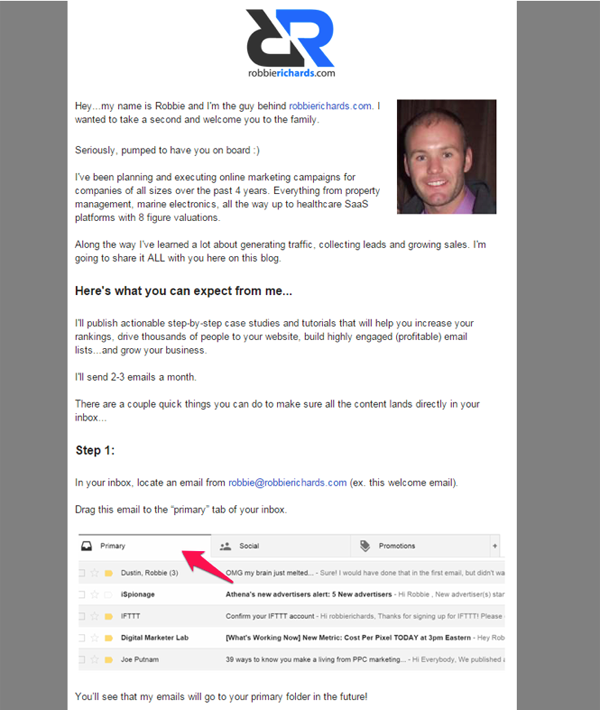








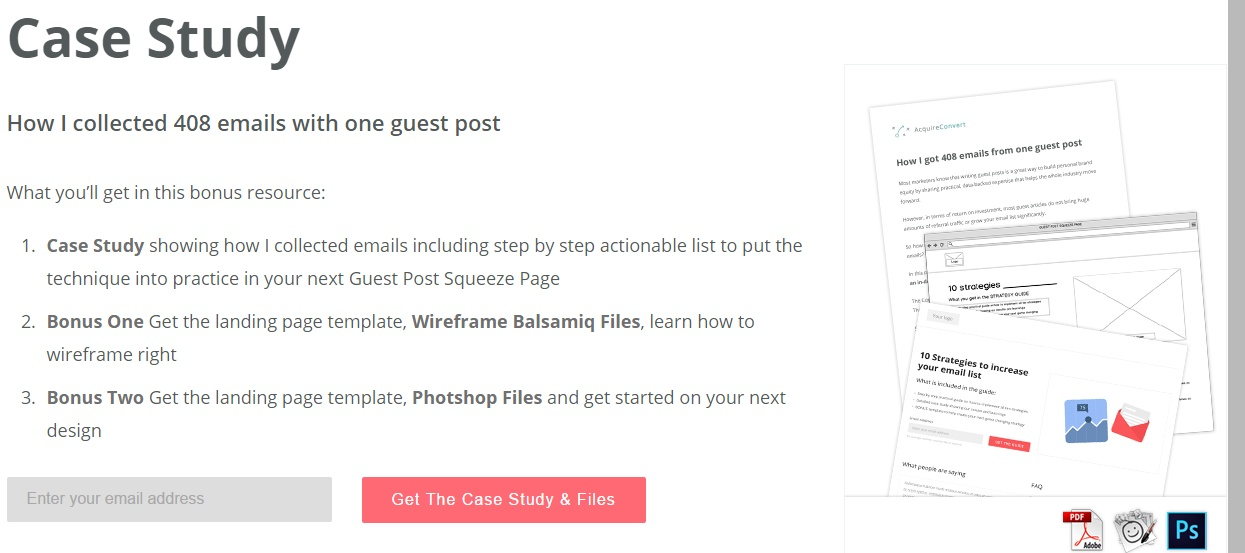


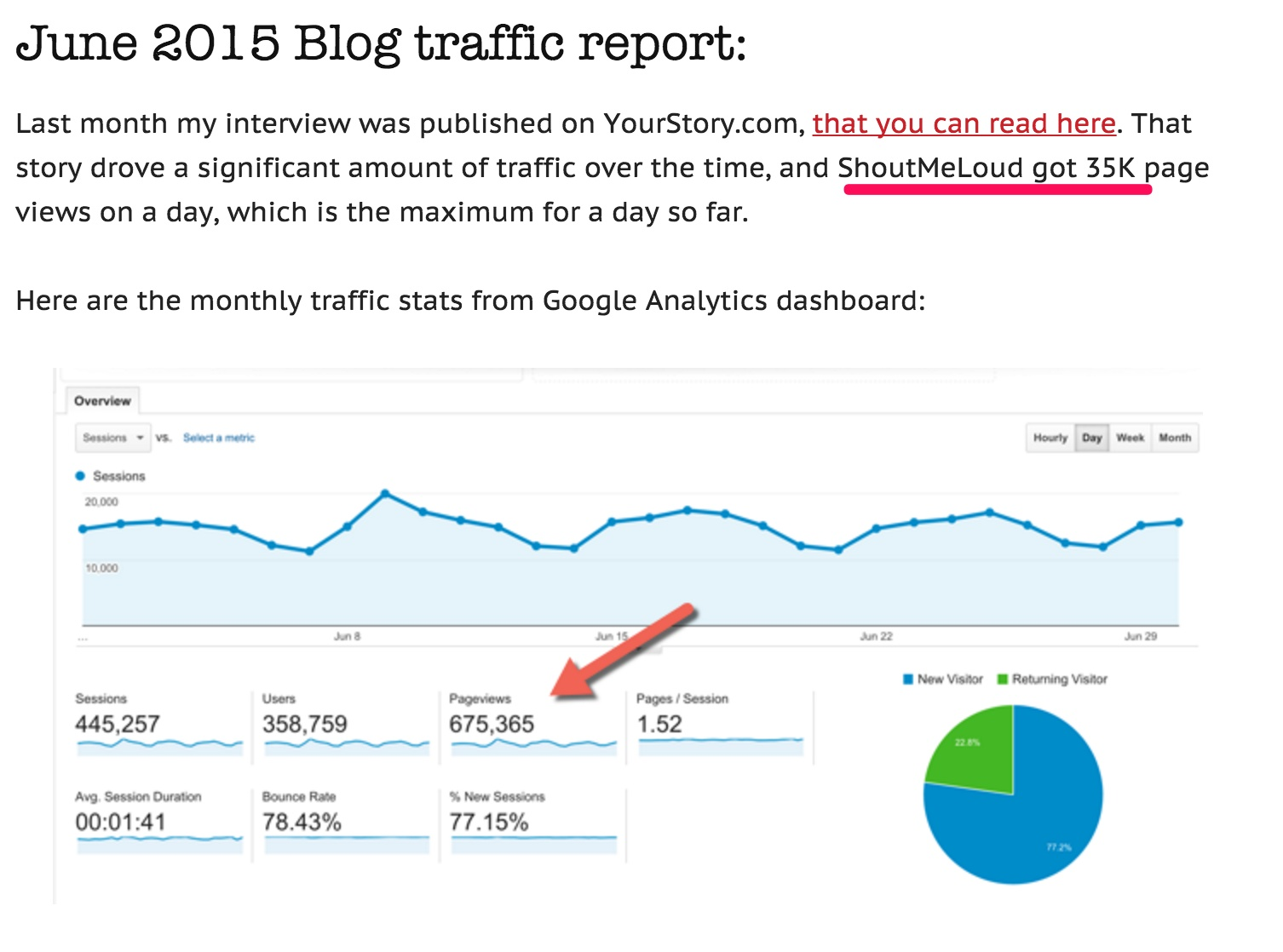













Comments (259)